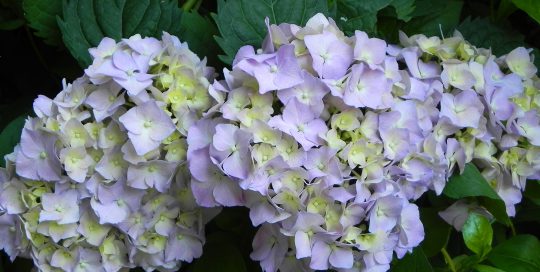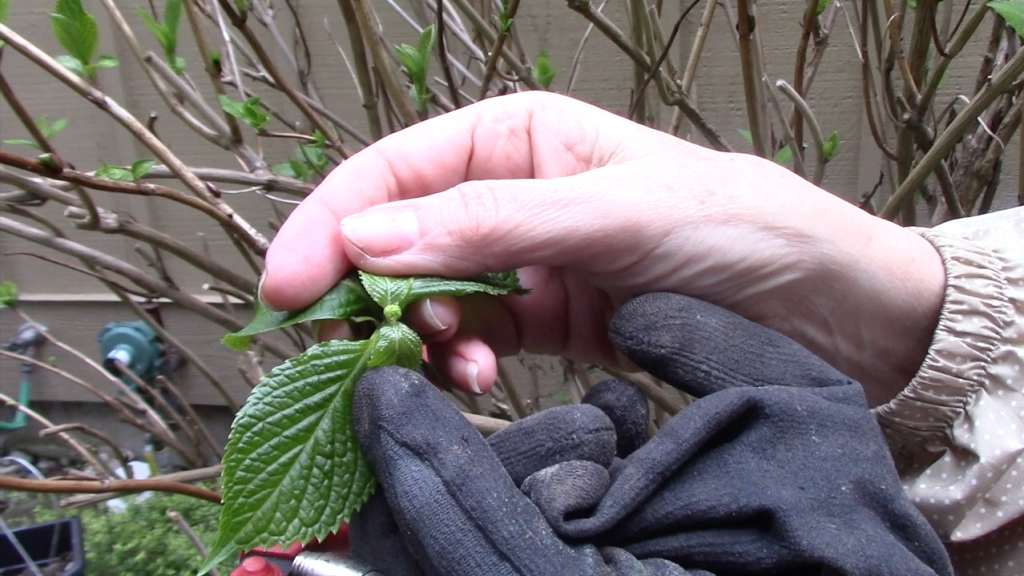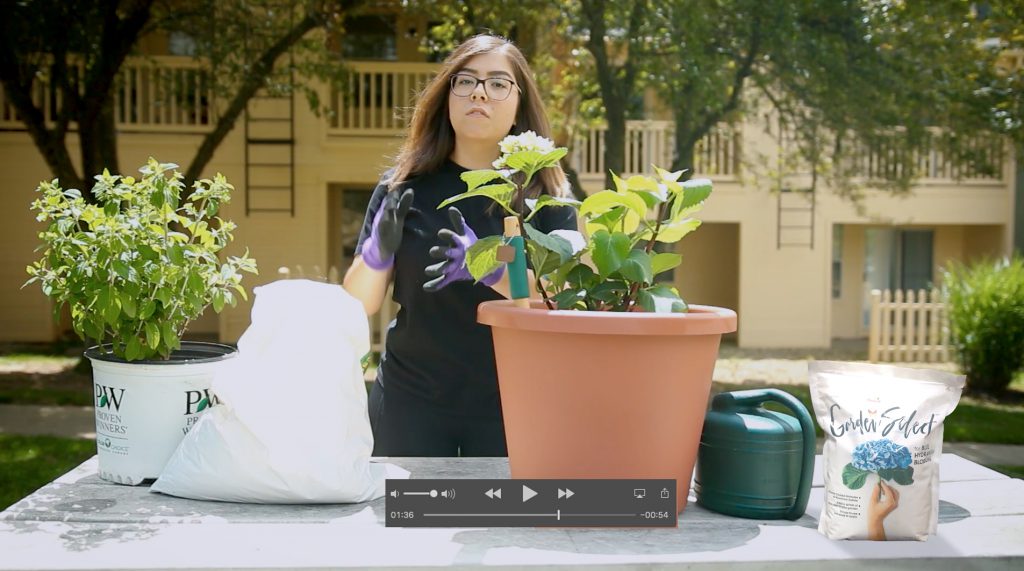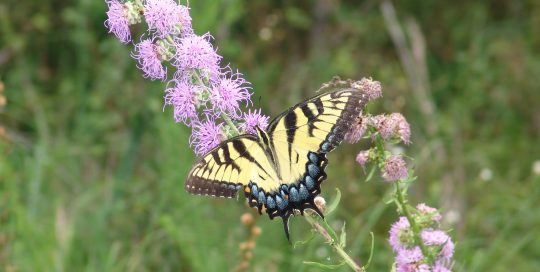Late-summer – Fall
- Bugbane (Actaea simplex) is a great fall-bloomer, with white to pale pink flowers like bottle brushes. Cultivars ‘Brunette’ and ‘Pink Spike’ have deep purple leaves, grow from four to six feet tall, and are hardy in Zones 4-8. Try pairing them with fall blooming Anemone.
- Lily of the Nile (Agapanthus africanus) is hardy only in Zones 8-10, and takes a long period of warmth to bloom with flowers that range from pale to deep blue on stems that can reach up to two feet tall. Plant Agapanthus in a pot by itself if you live in a cold region and grow it in full sun.
- Asters (Symphyotrichum): They’ve been given a complicated name but there’s nothing hard about growing these fall bloomers. For a frothy spot of blue, try ‘Little Carlow’, a hybrid that grows about two feet tall and sports tiny blue flowers. It is hardy in Zones 4-8 and looks great with deep orange or gold fall mums.
- Salvia (annual) The best Salvias seem to wait until fall to really take off. It’s true with ‘Amistad’ and ‘Love and Wishes’, both hummingbird magnets that grow up to four feet tall. They are hardy in Zones 9-11 and mix well with Cleome.
- Toad Lily (Trycirtis): These shade-lovers range in height from 12” to 3 feet and in hardiness from Zones 4-8. Plant Delights has introduced several hybrids, many of which contain white and purple in their flowers.
- Russian sage (Perovskia) is a great plant for a sunny spot. A variety called ‘Blue Jean Baby’ grows under three feet tall, quite a feat for this beast. It’s hardy from Zones 4-9 and makes a good companion for ornamental grasses and Agastache.
Conclusion
Whether the name says ultramarine, blue or violet, plants in the purple category are like mood music, enhancing the background while other colors step in for their spirited solos. Think blue as the “little black dress” – it looks great by itself, but even better with contrasting accessories.








